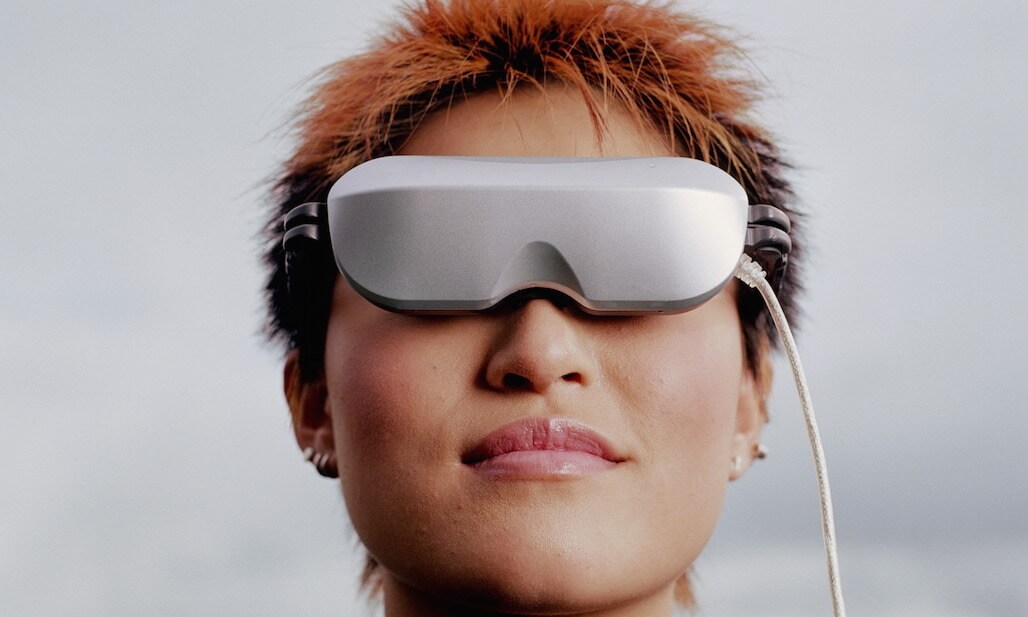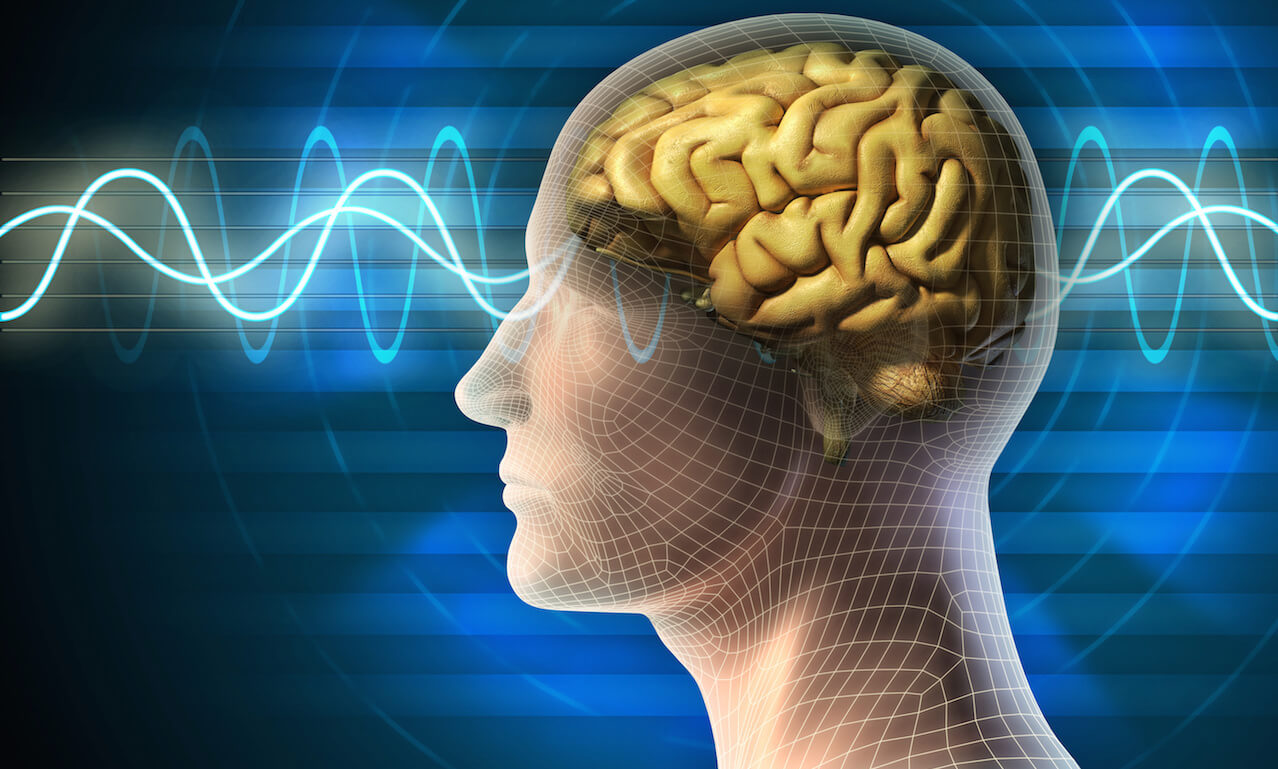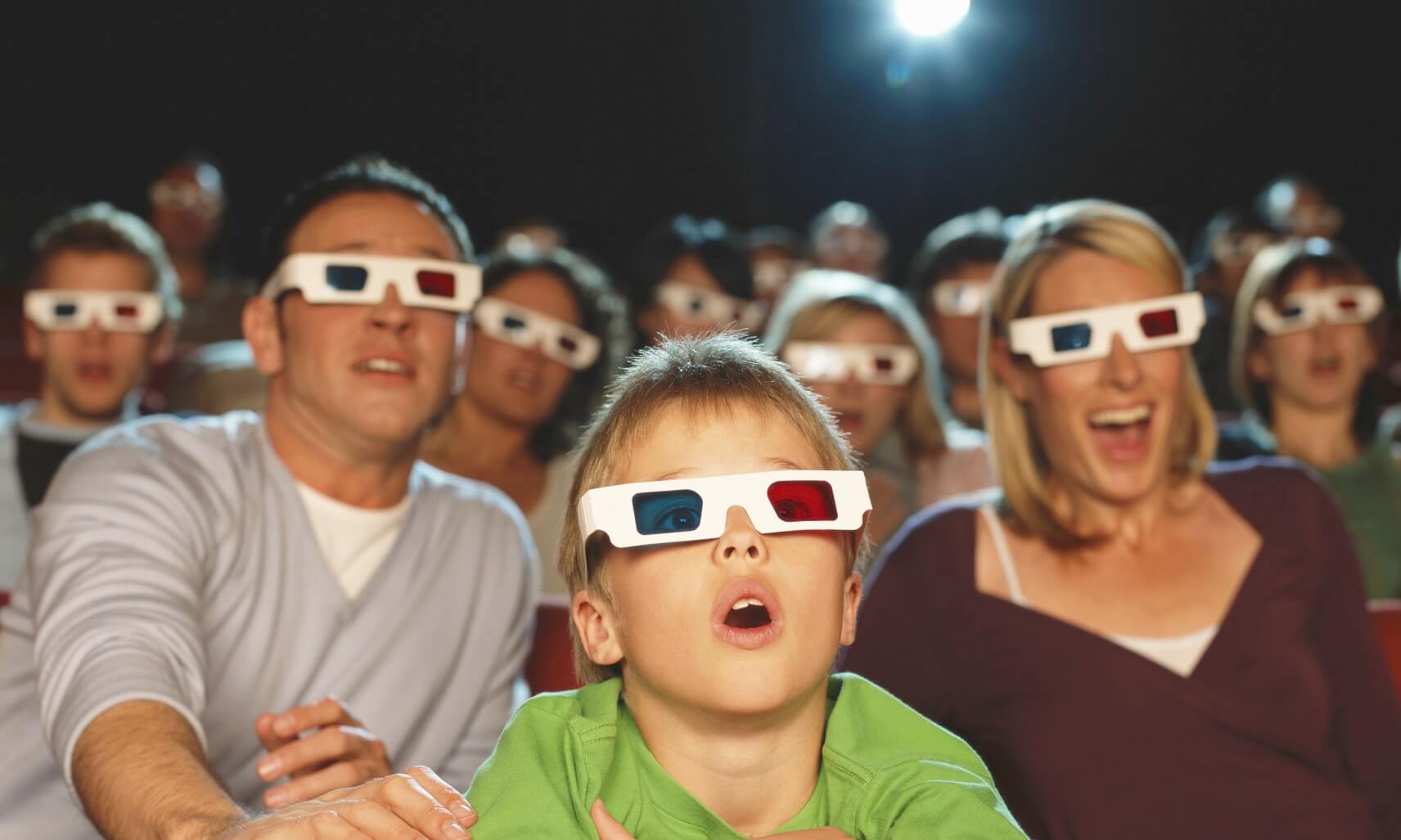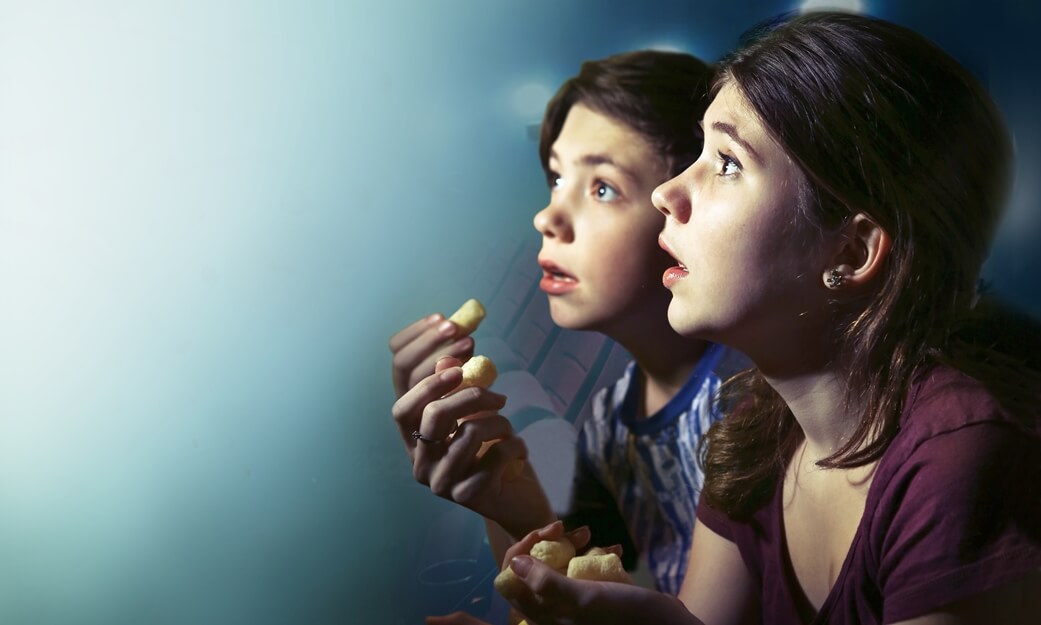When our view is distorted, we don’t perceive things as they really are. Find out why some people are making an extreme and permanent choice based on bad information.


When our view is distorted, we don’t perceive things as they really are. Find out why some people are making an extreme and permanent choice based on bad information.

Even a change that’s generally good can have negative consequences.

It’s likely that when your grandparents were your age, they rode in a car without buckling a seat belt first. Find out how effective seat belts are at saving lives and why some people don’t use them, even today.

In this podcast, the creator of an art installation in Manchester, England, discusses how she used real-time data that informed poems written by A.I. and were displayed around the city.

Tech company CEO Richard White compares current internet service providers and how to regulate them to railroad companies of the Gilded Age.

A course at Yale University examines the intersections of individuality, society, and technology.

Ever wonder what using social media does to your brain? Read to learn what one team of researchers found when exploring this topic.

It’s easy to imagine that Shakespeare’s star-crossed lovers would have had a happier ending with the benefit of modern technology. A social researcher explores this idea more deeply.

What does a reimagined grocery store look like? Amazon, a name not associated with grocery stores up to now, opened “Amazon Go” in Seattle in January!
Would you like this new 21st century shopping experience?

The great explorer Christopher Columbus left Spain in 1492 on a voyage of exploration. The 3 ships he set off with were believed to be “technology that was far ahead of its time”. Think of this connection and about why this article appears on The American Society of Mechanical Engineers website.

Neuroscientist Michael Graziano outlines the steps he believes would create an artificially-conscious computer.

Even the cheesiest 3-D movie effects can be startling. How does a cheap pair of glasses make an image look like it’s coming right at us?

How pervasive is humans’ footprint on the Earth? Author Randall Munroe explores the question.

The use of technologies such as CGI (computer-generated imagery) can make a little bear from Peru appear very real. We take on board the personality and challenges of the “guy” as if he were human. Read more about the technical challanges here.

Mars Short Stories – The Write Stuff is an initiative by NASA to engage writers to put technology-based fiction to paper. The aim is to help visualize the potential reality of, in particular, the first human missions to Mars.

In part of its 21st Century Muckrakers series, Nieman Reports, a foundation that seeks to advance the standards of journalism, outlines the obstacles and advantages of contemporary investigative reporting.

In this online version of the Fail Better exhibition, you can explore discoveries, inventions, and ideas that failed. The exhibition looks at the importance of these failures in leading to success.

Computer programs gather information about people based on every web site, news article, or item that they view or buy online. Using algorithms, computers can form a picture of each person’s personality better than a friend or family member. Read what you should know about protecting yourself and your privacy.

Look 10,000 years into the past, and you’ll see humans beginning to cultivate the earliest agricultural crops. What changes would a look 10,000 years into the future reveal? For Amazon.com founder Jeff Bezos, the distant future will include a functioning clock, being built now in the desert of West Texas.

An October 2017 report by Greenpeace, an environmental group, rated the environmental impact of several tech companies. Many of them did not rate well.